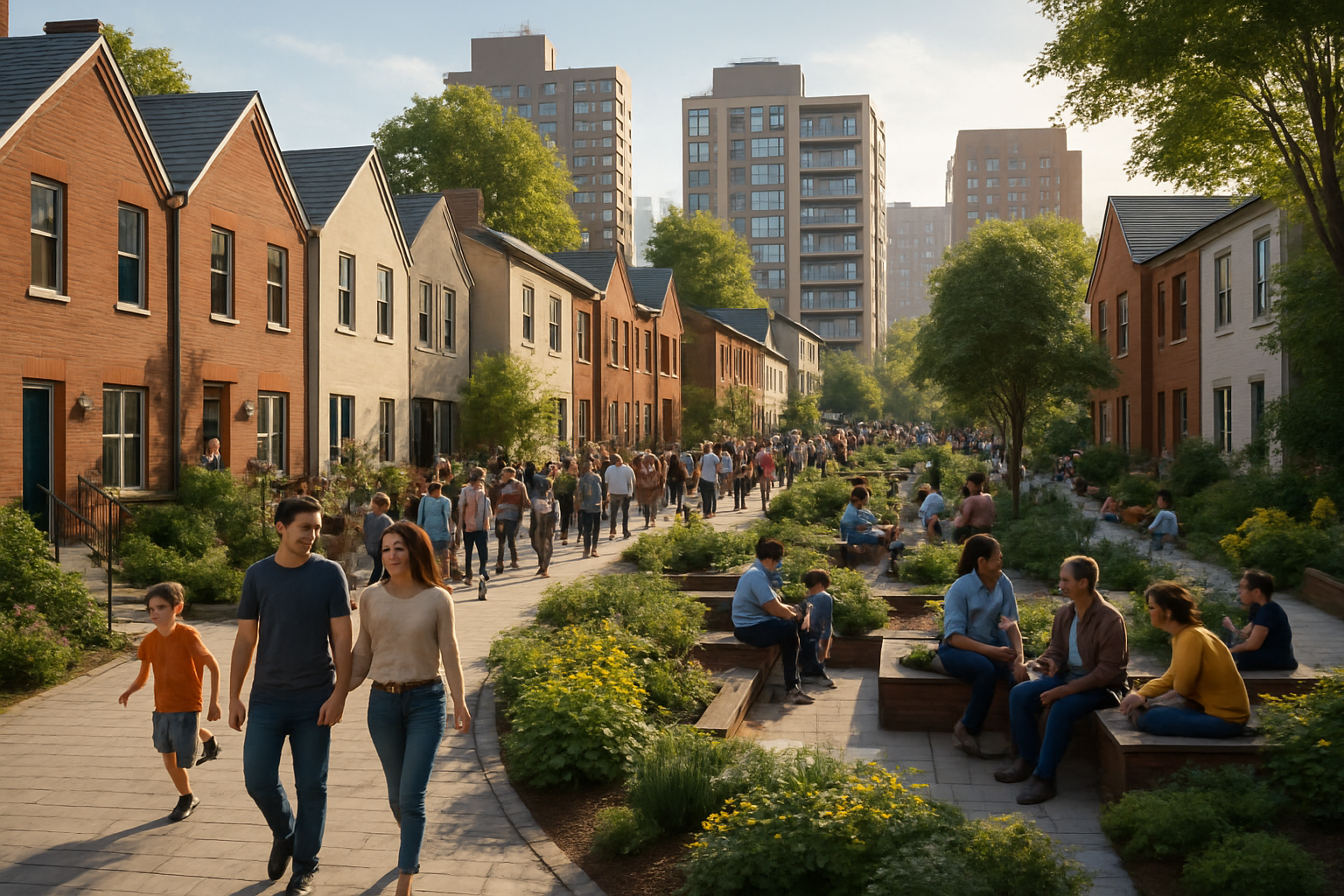Solastalgia: The Emotional Toll of Environmental Change
Environmental shifts are reshaping our world, but their impact goes beyond the physical. A new psychological phenomenon is emerging, reflecting our deep connection to place and nature. Read below to explore solastalgia, the distress caused by environmental change, and its growing relevance in our rapidly transforming world.

The Origins and Meaning of Solastalgia
Solastalgia originated from Albrecht’s observations of communities in New South Wales, Australia, where open-cut coal mining was transforming the landscape. Residents reported feelings of powerlessness, melancholy, and a sense of loss as their familiar surroundings were altered. This emotional response wasn’t tied to leaving a place, but rather to staying in a place that was changing beyond recognition.
The concept has since gained traction in academic circles and beyond, offering a framework to understand the psychological impact of environmental change. It encompasses not just the distress caused by dramatic events like natural disasters, but also the chronic stress of witnessing gradual changes in climate, biodiversity, and landscape.
Manifestations of Solastalgia in Modern Society
As environmental changes accelerate globally, instances of solastalgia are becoming more widespread. In coastal communities facing rising sea levels, residents experience anxiety and grief as they watch familiar landmarks disappear. In urban areas, rapid development and loss of green spaces can trigger feelings of alienation and disconnection from nature.
Indigenous communities, often deeply connected to their ancestral lands, are particularly vulnerable to solastalgia. As climate change alters traditional hunting grounds, agricultural practices, and sacred sites, many experience a profound sense of loss that goes beyond the physical changes, touching on cultural and spiritual dimensions.
The Psychological and Social Impacts
The effects of solastalgia extend beyond individual emotional distress. Research suggests that it can contribute to a range of mental health issues, including depression, anxiety, and post-traumatic stress disorder. Moreover, it can erode community cohesion and social capital, as shared experiences of place are disrupted.
Solastalgia challenges our understanding of place attachment and identity. As environments change, people may struggle to maintain a sense of belonging and continuity. This can lead to a reevaluation of personal and collective identities, potentially reshaping social dynamics and cultural practices.
Coping Strategies and Resilience
While solastalgia presents significant challenges, communities and individuals are finding ways to cope and build resilience. Environmental restoration projects, for instance, not only help repair ecosystems but also provide a sense of agency and hope to affected communities. These initiatives can foster social connections and a renewed sense of place identity.
Psychological interventions are also emerging to address solastalgia. Ecotherapy, which involves reconnecting with nature, has shown promise in alleviating environmental distress. Additionally, community-based approaches that acknowledge and validate shared experiences of loss can help build collective resilience.
Implications for Policy and Planning
Recognition of solastalgia has important implications for environmental policy and urban planning. It underscores the need for approaches that consider not just the physical aspects of environmental change, but also its psychological and social dimensions. This might involve incorporating green spaces in urban development, preserving cultural landmarks, and involving communities in decision-making processes about environmental management.
Moreover, the concept of solastalgia highlights the importance of climate change mitigation and adaptation strategies that take into account human wellbeing and mental health. It calls for a more holistic approach to environmental challenges, one that recognizes the deep connections between people and place.
The Future of Solastalgia Research
As awareness of solastalgia grows, so does the field of research surrounding it. Interdisciplinary studies are exploring its manifestations in different cultural contexts, its relationship to other forms of environmental distress, and potential interventions. This research has the potential to inform not only psychological practice but also environmental policy, urban planning, and public health initiatives.
The concept of solastalgia offers a powerful lens through which to understand the human experience of environmental change. As our world continues to transform, acknowledging and addressing this form of distress will be crucial for individual and collective wellbeing. By recognizing the profound emotional connections we have to our environments, we can work towards creating more resilient communities and sustainable futures.





